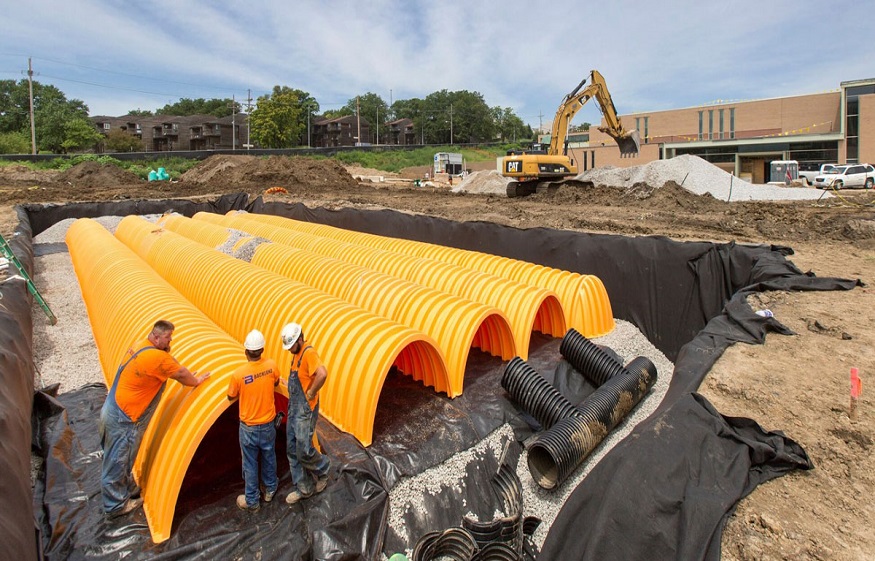You must be thinking of water coming out of a storm when you hear the word ‘stormwater’. Well, you’re partly correct. The term ‘stormwater’ actually refers to all the water that falls from the sky. But, why is there a need to treat stormwater when it seems people have no more need of it?
At this point, people are mistaken because even if water is coming from a rain event, it is still useful and thus, has to be treated. If you still haven’t known, there are actually stormwater treatment systems commercially available so that water that fell from the skies could be used again. According to reports, at least, 80 percent of all stormwater is untreated and therefore, not recycled. But with stormwater treatment, no amount of water should ever get wasted.
What Happens After Precipitation
Rain is the most common form of precipitation but other forms also include water from melted ice or snow, sleet, ice pellets, hail, graupel and water from drizzles. Only three things could happen when water from the skies fall to the ground:
1) stays on the surface and later soaks into the ground until evaporation sets in,
2) gets deeper into the soil to refill depleted water supplies, and
3) enters the drainage as stormwater runoff.
Now, it’s the stormwater runoff that people are concerned about because of the presence of potential contaminants collected from the ground and such areas as car parks, loading docks and wash bays. Contaminants could include chemicals, microorganisms, animal wastes and so on, which could harm the local flora and fauna, the ecological balance of waterways resulting in an altered quality of water in a particular area. That said, stormwater treatment becomes a necessity.
Stormwater Management & Treatment Systems
Contaminated stormwater carries various kinds of pollutants and therefore, business owners are compelled by the government to follow strict compliance of environmental laws to minimise the risk of pollution.
The government makes sure that businesses have established preventive measures to lessen the impact of stormwater runoff. Violators are imposed heavy fines and/or prosecution if proven to be responsible for triggering pollution resulting from negligence or for not taking precautionary steps in decreasing the risk of pollution. Below are the available options for stormwater management.
- Weighted drain covers – block chemical spills from entering the drainage systems
- Stormwater screens – filter stormwater thereby reducing contaminants
- Silt pits – remove beyond 99 percent of extremely tiny particles without limiting the flow of water
- Dewatering bags – control sediment and filter silt from stormwater discharge
- Automated systems – allow waste water to enter the stormwater network while diverting contaminants to the sewer
So, if you own a business in Australia, be sure you know the environmental compliance requirements as well as the preventative measures to be put in place to avoid penalties.

